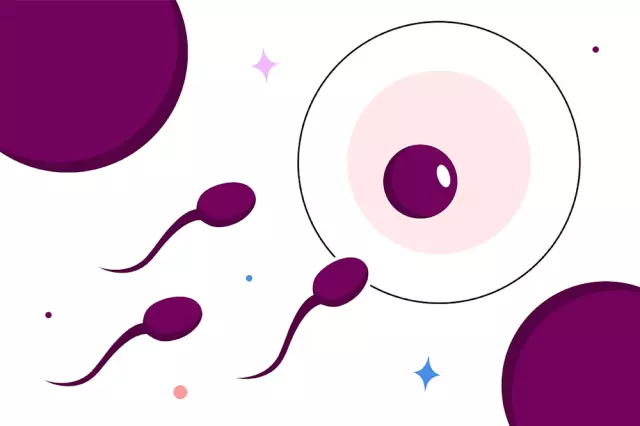- Author Curtis Blomfield [email protected].
- Public 2023-12-16 20:44.
- Last modified 2025-01-23 17:01.
After the organism was born, its post-embryonic development begins, which can last from 1-2 days to several hundred years - it all depends on the species. It follows that the duration of life activity is a species characteristic of all organisms, regardless of the level of their organization. Postembryonic ontogenesis consists of the following periods: juvenile, pubertal and senile, which ends in death. All multicellular organisms are subject to direct or indirect type of development.
Direct Development Principles

Post-embryonic development is directly characteristic of mammals, reptiles, birds, some insects and, of course, humans. In the development of the latter, the following periods are noted:
- childhood;
- adolescence;
- youth;
- phase of youth;
- stage of maturity;
- old age.

Each such period is accompanied by certain changes, which ultimately lead to aging and death of the body. It should be noted that in the senile period there are many physiological and morphological processes that lead to a decrease in vitality and the body's resistance to the negative effects of external and internal factors. Such mechanisms, unfortunately, have not yet been fully studied, so they cannot be prevented by artificial means.
Death completes not only post-embryonic development, but also the individual existence of an organism. It can be physiological in nature, that is, due to aging, and also occur as a result of pathological changes, which often result in various diseases or injuries.
Features of indirect development

Indirect postembryonic development occurs exclusively in multicellular animals and is characterized by the appearance of a larva from an egg - an embryo that differs significantly in its structure from adults, although it is already able to feed on its own. Outwardly, the larva, of course, may have a distant resemblance to its ancestors, but its structure is much simpler, and its size is much smaller. The embryo has special internal organs, which allows it to lead a lifestyle different from that of adults of the same species. However, at the same time, the larva completely lacks rudimentary sexual characteristics, so at this stage it is impossible to determinewhether she will turn into a male or a female.
Indirect postembryonic development implies profound transformations of the body that occur throughout the entire period. In animals, such processes affect not only certain parts of the body, but the whole organism as a whole. Over time, the organs of the larva disappear, and in their place there appear organs that are characteristic of adult animals. Postembryonic development of animals can be of two types: incomplete and complete metamorphosis. In the first case, the insect goes through the following stages: egg, larva, adult, and in the second case, the transformation of the larva into a full-fledged adult occurs through the pupal stage.






